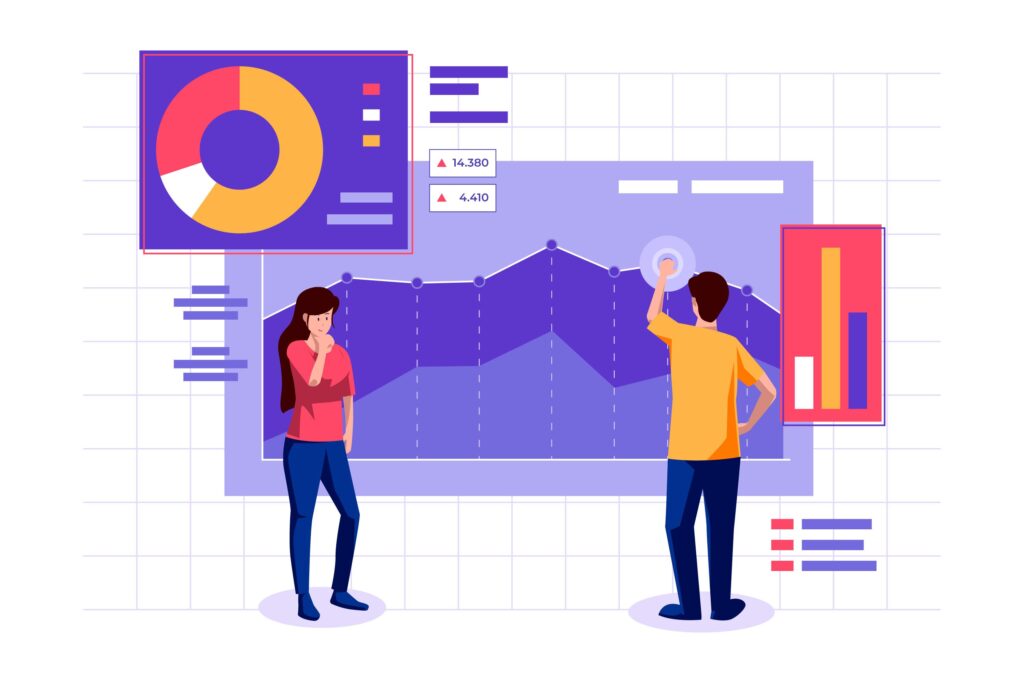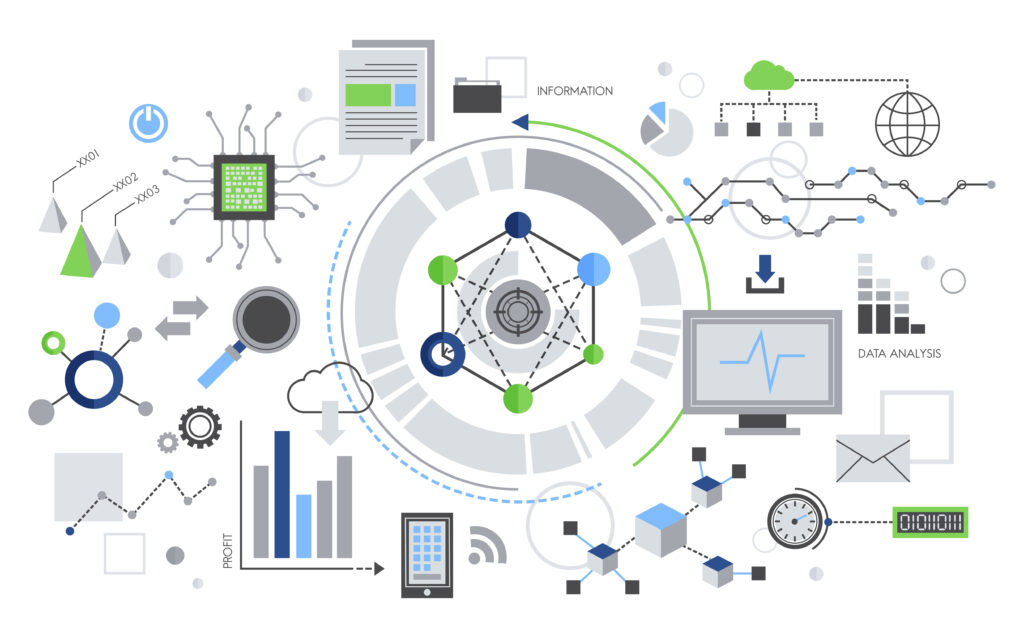Welcome back to our journey into data-driven excellence. In this segment, we’re diving headfirst into the exciting realm of predictive analytics – the tool that empowers businesses to anticipate the future and make strategic decisions with unparalleled foresight.
Predictive Analytics: A Glimpse into Tomorrow
Imagine having the ability to foresee market shifts, customer behaviors, and emerging trends before they even occur. That’s the superpower of predictive analytics. By analyzing historical data, identifying patterns, and leveraging advanced algorithms, businesses can turn data into foresight.
The Science Behind Prediction
Predictive analytics isn’t magic – it’s a systematic process. It involves crunching historical data to uncover correlations and patterns. These insights then become the foundation for predicting future outcomes. From identifying market trends to understanding customer preferences, predictive analytics fuels proactive decision-making.
Shaping Strategy with Foresight
Consider a scenario: a fashion retailer preparing for the holiday season. By analyzing past years’ sales, consumer behaviors, and even external factors like economic indicators, they can predict which products will be in high demand. Armed with this knowledge, they optimize inventory, tailor marketing, and ensure a seamless shopping experience.
Competitive Edge through Proactive Decisions
Predictive analytics isn’t just a tool; it’s a competitive edge. By staying ahead of customer preferences and market shifts, businesses can make informed decisions that position them as industry leaders. Whether it’s adjusting production schedules, fine-tuning marketing strategies, or optimizing supply chains, predictive analytics empowers businesses to drive their own destiny.
Real-World Success Stories
Take the case of a tech startup. By analyzing user data and tracking platform usage, they predicted a trend in customer preferences. This foresight enabled them to develop features that resonated with users, leading to a surge in customer satisfaction and adoption rates.
As we journey forward, the next blog will delve into crafting personalized customer experiences using data insights. Stay tuned to discover how data analytics can transform customer interactions into lasting relationships.
Excited to shape your strategies with predictive analytics? Reach out to us to explore how data-driven foresight can revolutionize your decision-making process


